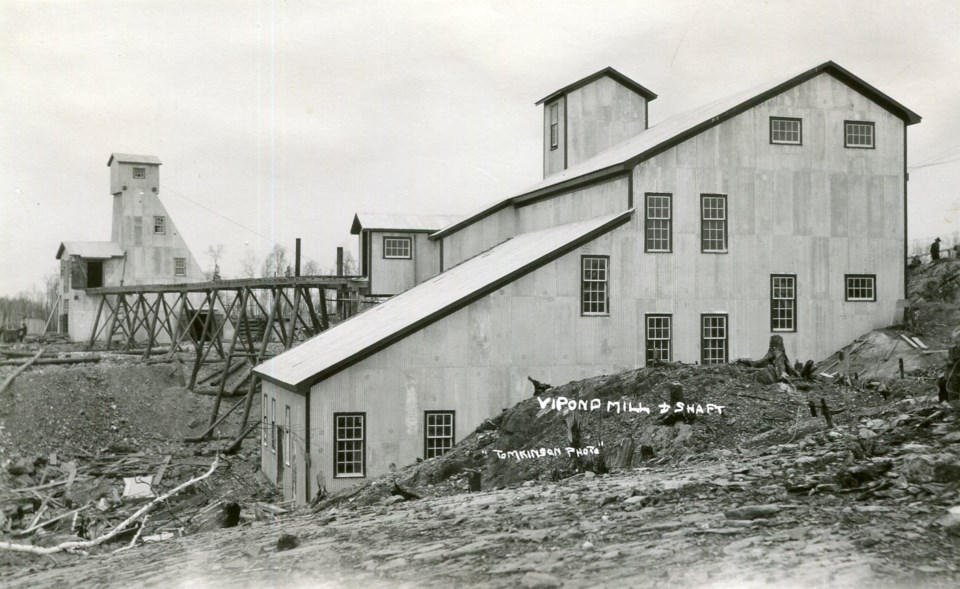Timmins was a busy place! By 1912, the mines were operating and producing beyond what many expected. Success was in the air and the mines were working hard and developing quickly to keep up with production.
Four and half million in gold from four mills was the output for Porcupine for the first year. They were averaging about 800 tons of ore daily. The Dome with 40 stamps, Hollinger with 30 stamps, McIntyre with 10, and Vipond with a crusher plant and capacity of 20 stamps. The daily output of gold from the camp was about $12,000 per day making it $4,380,000 per year — that’s over $300,000 per day and $109,354,000 per year in today’s value.
By November of 1912, the Dome Lake Mill was projected to operate at capacity of 120 tons a day. The Jupiter and Plenaurum mines were getting ready to set up mills of their own while Crown Chartered was also talking about putting up a mill to manage their operations.
Little did they know how successful this mining community would become!
Each week, the Timmins Museum: National Exhibition Centre provides TimminsToday readers with a glimpse of the city’s past.
Find out more of what the Timmins museum has to offer here and read more Remember This columns here.



